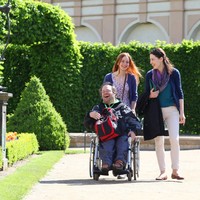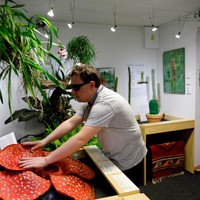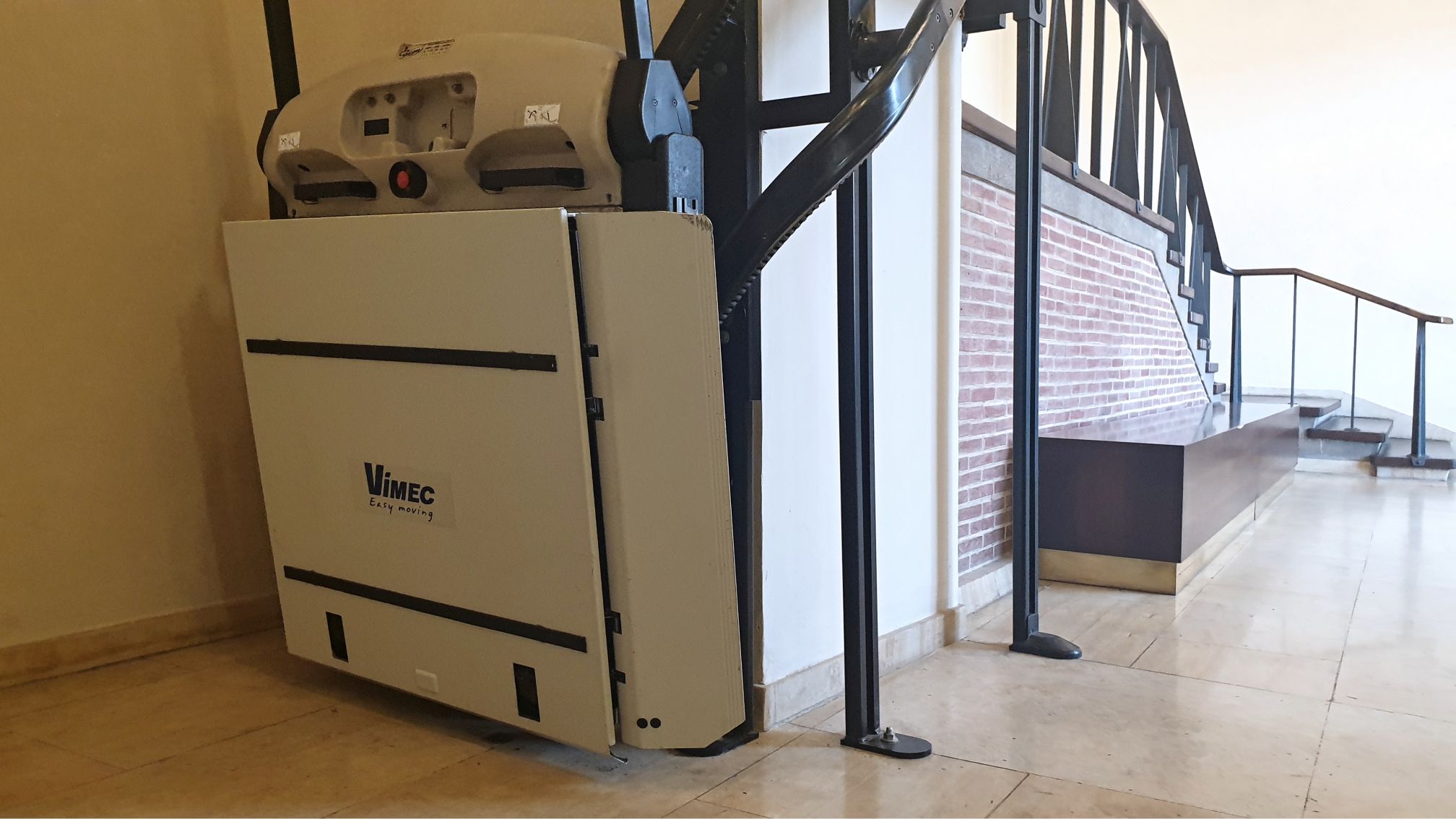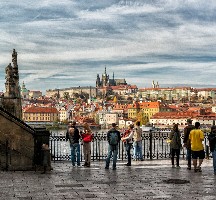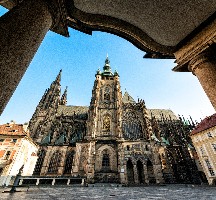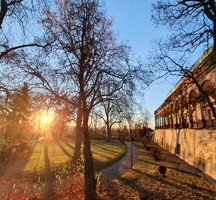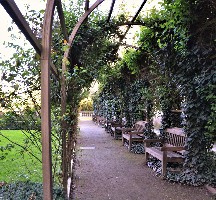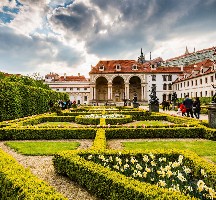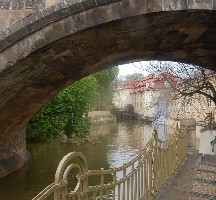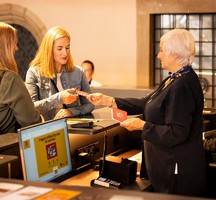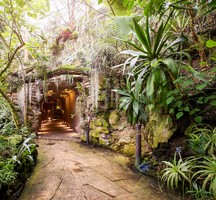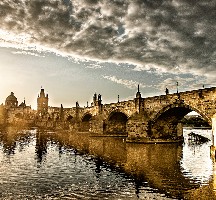Breadcrumbs navigation
Accessible Prague: Gardens and Heritage sites
Prague is highly regarded as one of the most beautiful cities in the world. The picturesque appearance of its historical streets, where Gothic meets Renaissance, Baroque and Modern architectural styles, has been found enchanting by practically all visitors. But can wheelchair-bound visitors to Prague also get to admire its beauty? The question is all the more weighty, given that it is precisely Prague’s historical nature that makes it so appealing, while thwarting accessibility modifications to most of its heritage buildings.
Although the cobbled streets of the historical centre often pose a challenge for visitors with mobility issues, there are many heritage sites that can already be visited, especially so with accompaniment. We nevertheless advise that you prepare the entire route in advance and check the current conditions of the building (e.g. whether the elevator may be out of order, etc.).
The links provided lead to detailed information about building accessibility, as prepared by the Prague Wheelchair Users Organization. Information about each heritage site follows below.
Prague Castle
The largest Prague heritage monument, Prague Castle, is not out-of-bounds for wheelchair users. Low-floor tram No. 22, which intersects with accessible metro stations (I. P. Pavlova (C), Národní (B) lets you get to the Prague Castle stop “Pražský hrad” from where you can make your way along adapted walkways into the castle complex itself. All visitor buildings are at least partially accessible, with the exception of the towers and the Defensive passageway in Golden Lane near Daliborka; unfortunately, Golden Lane itself is also difficult to access.
With a little assistance from the staff, you can visit, among other things, the jewel of the Old Royal Palace – Vladislav Hall, St. George’s Basilica or see the interior of St Vitus Cathedral. In its vicinity there is also a toilet with an adapted cubicle. In the summer season we do recommend a visit to the Royal Garden. Wheelchair users and their escorts have free entry to Prague Castle.
The route through the courtyards of Prague Castle and the Royal Garden can be viewed here.
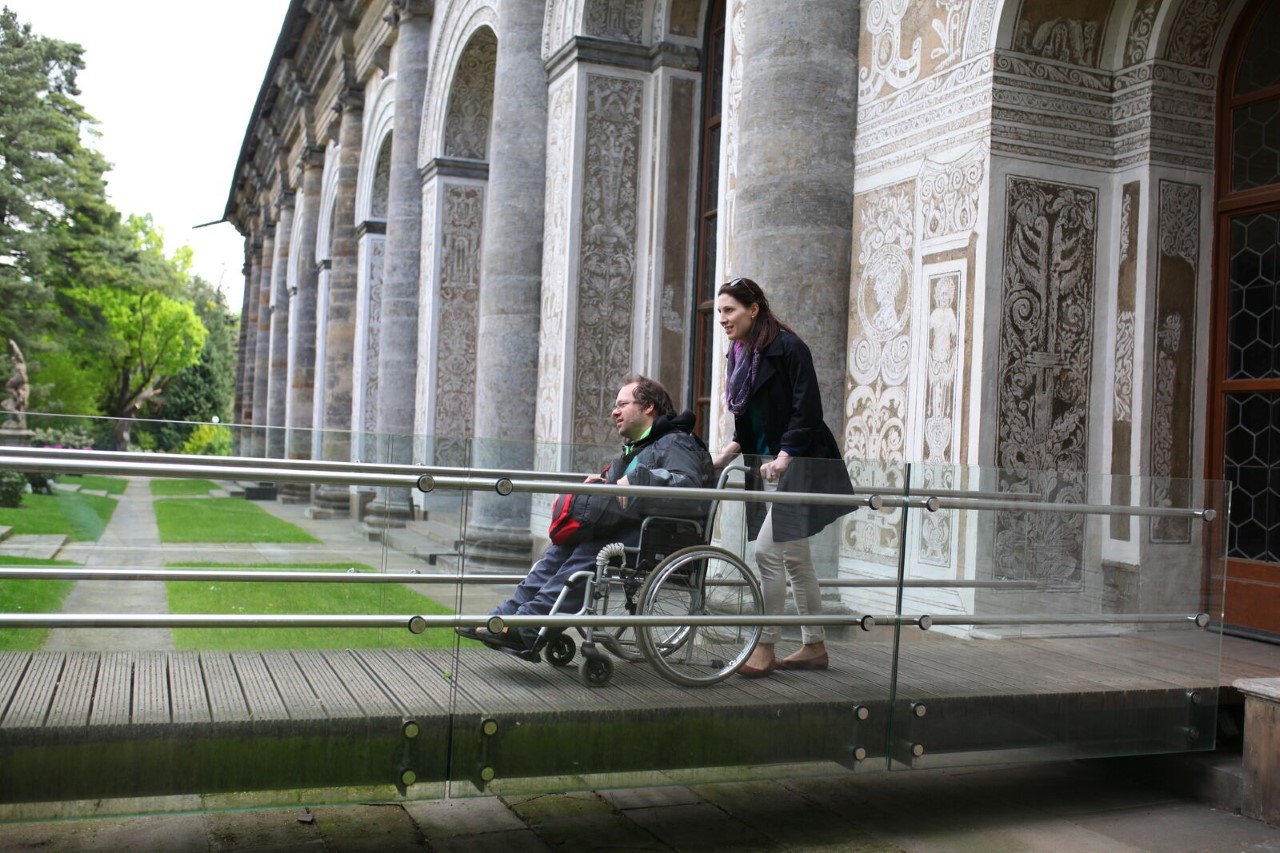
Vyšehrad
The second Prague castle complex, Vyšehrad, also offers several interiors that can be accessed in a wheelchair with accompaniment. The beauty of Vyšehrad Gardens, with unsurpassed views of Prague from its rocky promontory, will more than reward for the frequent segments of rough historical paving, the significant inclines of some paths, or the transverse slopes of walkways. Of the buildings, the Old Burgrave’s House from the 2nd half of the 14th century is accessible. The current appearance of the Burgrave’s House dates from the 18th century and is the work of a Baroque reconstruction, for the needs of the Vyšehrad fortress. In modern history, the Old Burgrave’s House has undergone a significant renovation with an accessible hall for 80 spectators, a café and a toilet. Another accessible place is the Gothic cellar; the entrance to its exhibition space can be reached by means of a platform stair lift. An interesting space are the casemates – an intricate system of underground corridors for the rapid movement of troops, as well as the largest of Vyšehrad’s underground halls, the Gorlice. Accompaniment is recommended for visiting the casemates.
You can get to the grounds from the Vyšehrad metro station, exiting from the platform on the river or western side, i.e. outward from the city centre.
The Vyšehrad route with a more detailed description is discussed here.
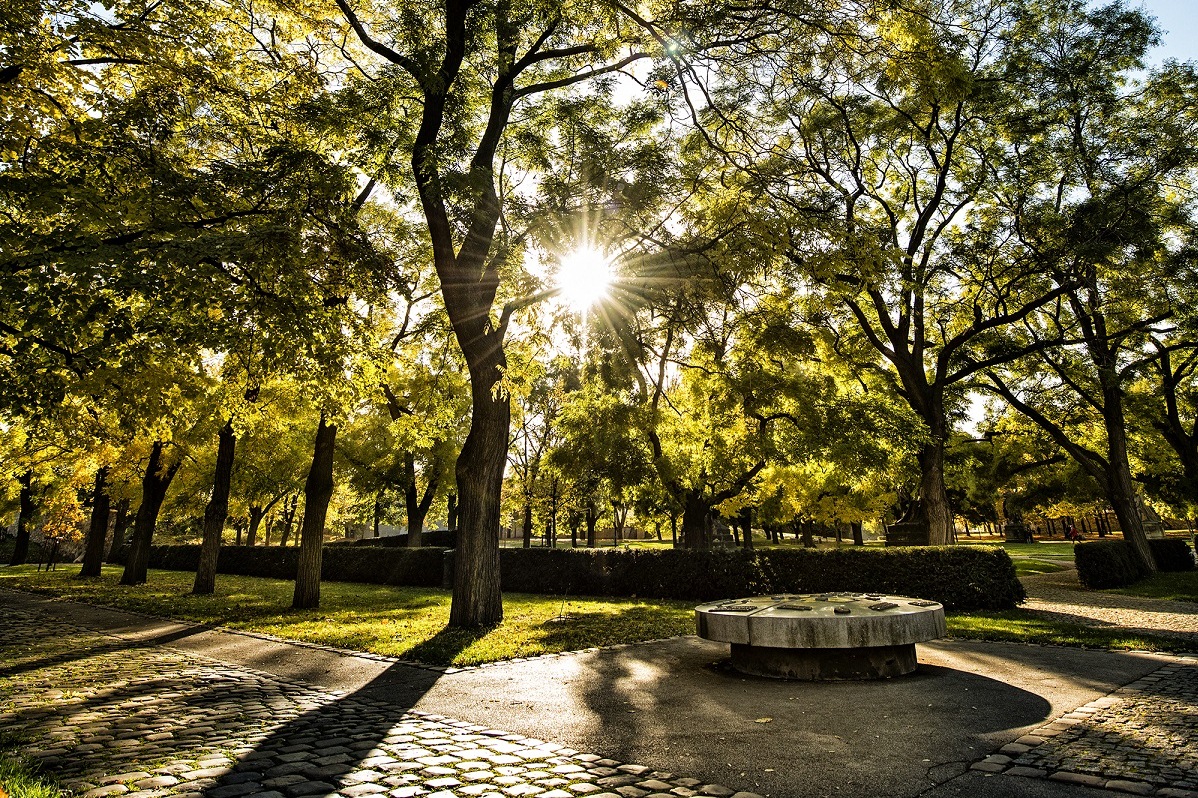
The Lesser Town
No wheelchair-user visitor would want to miss the view of Prague Castle from Charles Bridge, although getting there is not entirely trouble free. From the Malostranské náměstí tram stop (tram 22) there is a traffic-light crossing with low kerbs leading to Mostecká street, but the road surface is coarsely paved. On both sides of Mostecká street there are wide walkways with mosaic paving, but only the right hand walkway has a sloped kerb by the bridge. Thanks to the walkway being narrower and quite often obstructed, it is advisable to continue along the roadway, which smoothly turns into a pedestrian zone. The surface of Charles Bridge is cobbled.
The exit to the Old Town leads to the very busy and difficult to navigate Karlova street, so we recommend returning back to the Lesser Town and visiting the picturesque Wallenstein Garden (in the summer season), Vojanovy sady park or Kampa park. An accessible toilet is located near Sova’s Mills.
The route is described in more detail here.
The Old Town
The tower of the Old Town Hall is the only one of Prague’s medieval towers that is wheelchair accessible – an elevator leads from the ground floor to the 3rd floor, and from there you take a modern glass elevator. There is a travellator between the two elevators. For people on an electric wheelchair, which this is unsuited for, the solution is to rent a mechanical wheelchair on site. On the 3rd floor there is also an accessible toilet. There is a completely barrier-free entrance to the Old Town Hall via the passageway from Mikulášská Street. On the accessible ground floor of the Town Hall visitors can use the services of the Tourist Information Centre and the Prague:Guides & Tours contact centre, which also offers special guided tours to visitors with disabilities .
Upon agreement, it is also possible to visit the Týn Church, whose accessible entrance is from Celetná street No. 5.
Come aboard to see fabulous Prague
Prague Boats, one of the companies operating cruises on the Vltava river, has six modern boats in its fleet that are fully accessible, including the toilets. They are: Grand Bohemia, Bohemia Rhapsody, Agnes de Bohemia, Marie d´ Bohemia, Šemík and Bella Bohemia. They can be reached from accessible piers 1, 2 and 4 at the dock on Dvořákovo nábřeží embankment near Čechův bridge. You can choose from various lengths of regular and private sightseeing cruises through the historical city centre with or without refreshments, and can always look forward to beautiful views through the picture-windowed walls. There are evening eco-cruises on a catamaran. A printed guide in many languages is also available on board or the online interactive guide for your smartphone. We recommend you verify in advance by phone or e-mail whether an accessible boat will be running on your chosen cruise, and that it will be setting off from an accessible pier.
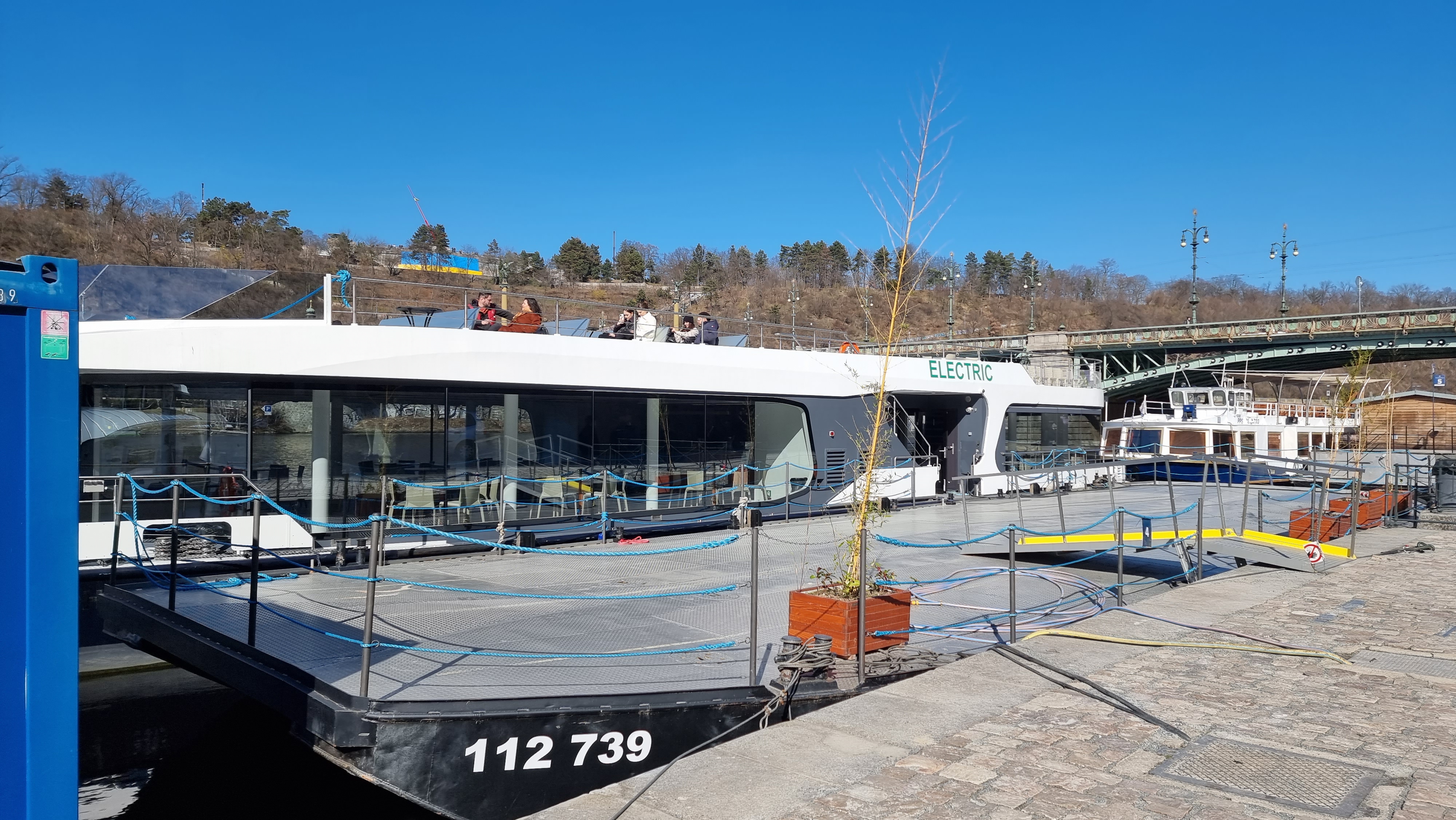
Břevnov Monastery
A good option for a pleasant outing complete with a restaurant visit can be the Břevnov Monastery complex with its surrounding park and garden. It is located near the “Břevnovský klášter” tram stop. The outside approachway surface is of cubed granite cobbles, but there is a 1.22 m wide strip of small cubes or fine gravel, making it quite wheelchair accessible for the most part. In the complex is the Basilica of St Margaret, which can be entered through the main doorway, or by agreement using the entranceway from the cloisters. The Klášterní šenk restaurant offers Czech cuisine specialities and Benedict beer from the monastery microbrewery. The restaurant has an accessible toilet.
Stromovka Exhibition Centre and Park
In the lower part of the Exhibition Grounds stands a circular building, housing the panoramic diorama depicting the Battle of Lipany. This painting, the largest in the Czech Republic, depicts the historical event of 30 May 1434 and is by the painter Luděk Marold.
The best access to Marold’s panorama is from Stromovka Park. The double-leaf entrance door is mechanical and the staircase features a platform stair lift. The building is accessible only in the summer season, as is the sculpture museum or Lapidarium of the National Museum, where you enjoy the exhibition about ‘Bohemia’s heritage of sculptural stonemasonry’. The accessible toilet is separate and is located in non-public areas, which can be accessed by asking the ticket office staff.
In the Exhibition Grounds, you can also use a partially accessible toilet near the Lapidarium.
In the vicinity of the Exhibition Grounds lies the largest Prague city park the “Královská obora” or Royal Deer Park, better known as the ‘tree-park’, “Stromovka” . The landscaping of the park has recently undergone a costly revitalization in keeping with 21st century trends. The central part of the expanse in particular has seen fundamental change. As a result there are four kilometres of renovated paths, new ponds, bridges and piers, several playgrounds, picnic areas and outdoor fitness trails. Of course, not everything in Stromovka is accessible, but the main pathways are mostly of asphalt or well-paved surfaces. You can refresh yourself in the Vozovna restaurant.
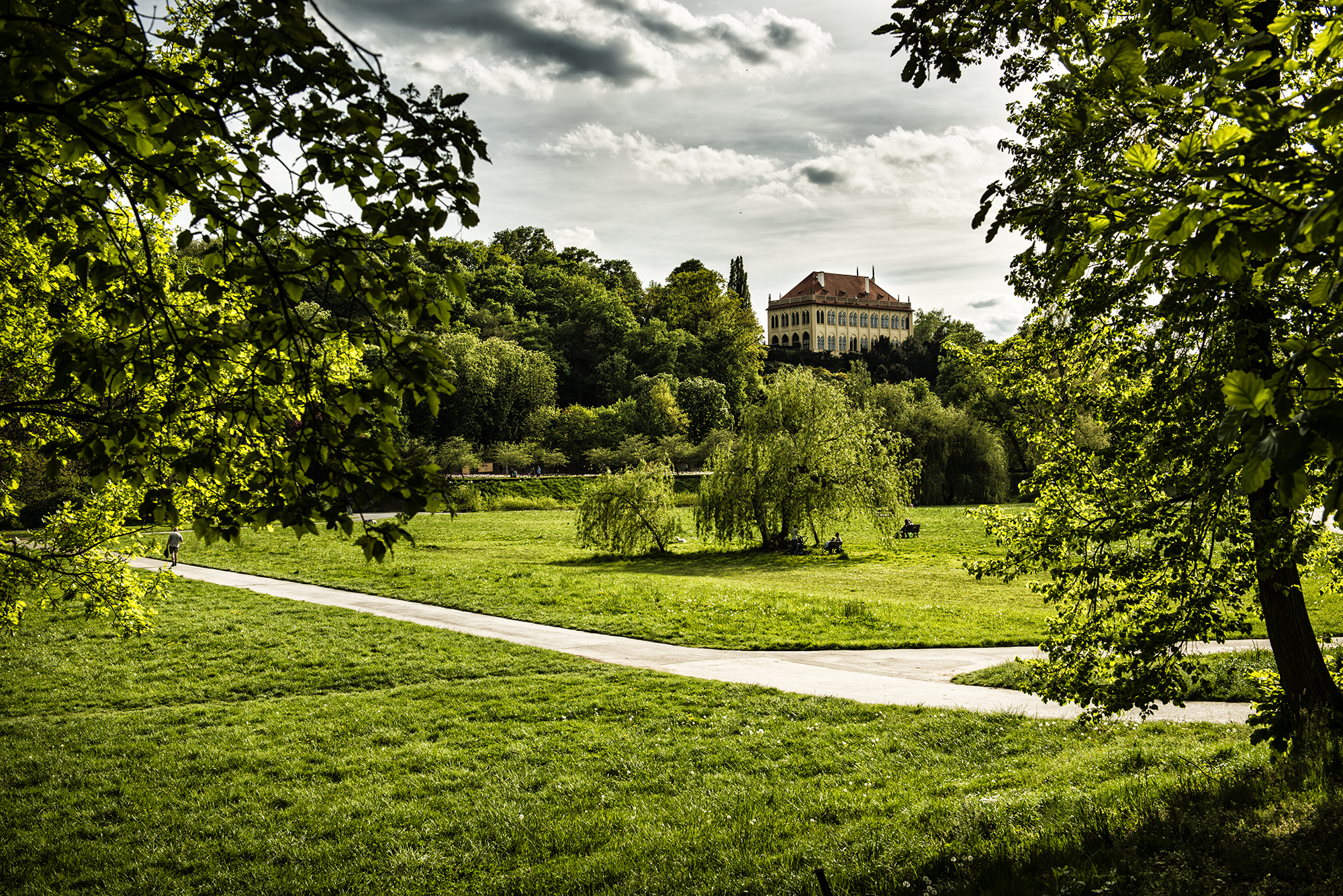
Prague Municipal Zoological and Botanical Gardens
One of the most beautiful zoos in the world, the Prague Zoological Gardens also welcomes people with disabilities. Its setting is undulating, verging on hilly, and thus best passable with an electric wheelchair. Persons with a mechanical wheelchair are advised to come accompanied, especially in the western, eastern and northern parts of the garden, where the paths have quite a gradient. There are several fully accessible toilets in the area, all restaurants and refreshments are accessible. In many pavilions there are Braille markings, audio guides to supplement the routes and haptic models of animal features. You can rent a wheelchair at the main entrance; for the visually impaired there is a tactile map in Braille in the main entrance information centre. You can get to the Zoo by public transport, taking low-floor bus 112 from the Holešovice metro station.
Near the Zoo there is the large Prague Municipal Botanical Garden. In view of the garden’s slope in the southern direction, we recommend accompaniment and using the northern access from the Na Pazderce bus stop. There is an accessible restaurant with an accessible toilet. You can borrow a mechanical wheelchair at the ticket offices and at the greenhouse. All approaches and paths in the Fata Morgana greenhouse are accessible. The Botanical Garden also addresses the needs of the visually impaired: thanks to the information system, visitors can also listen to information about the most interesting exhibits. Individual audio-posts are marked on the tactile plan of the garden, which is available from the ticket offices, together with the Dinasys headsets.


